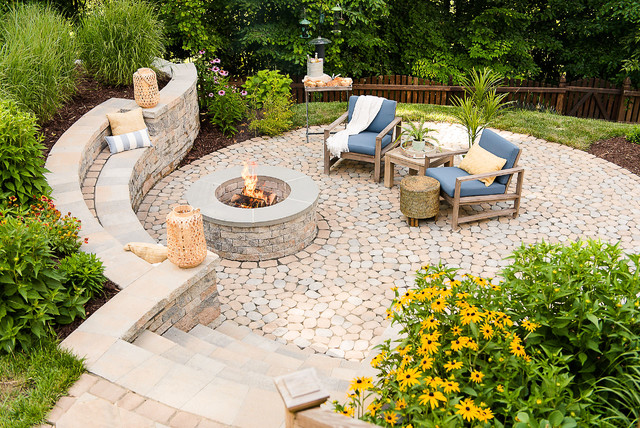Transforming Landscapes: Unveiling Water-Saving Solutions Landscaping is a powerful tool for enhancing the beauty of outdoor spaces, but it comes...
Drought-tolerant plants
Embracing Ease: The Art of Low-Maintenance Landscaping Creating a beautiful and inviting outdoor space doesn't have to be synonymous with...






